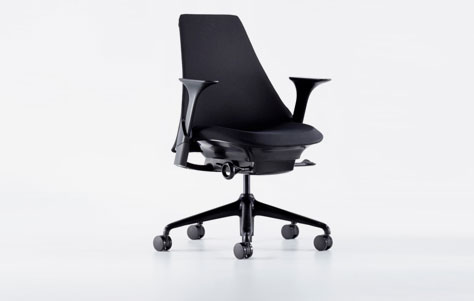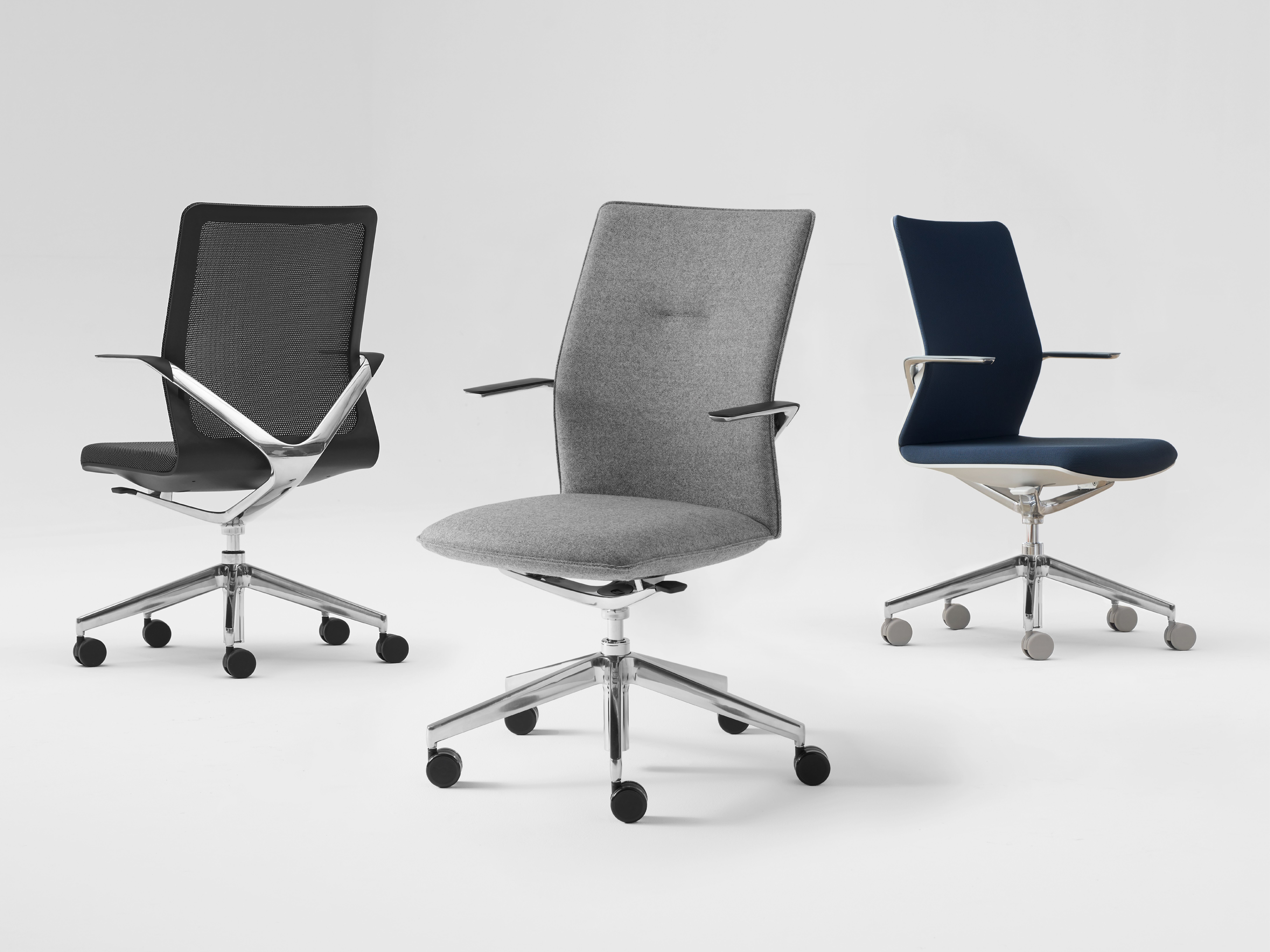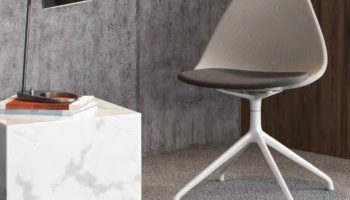Tribute to the Suspension Bridge: SAYL by Herman Miller
If we’re talking about suspension bridges, two iconic choices immediately come to mind—one is a story of triumph, the other a tale of woe: the Brooklyn Bridge and the Tacoma Narrows Bridge. While the Brooklyn Bridge was an architectural wonder for its day, it didn’t come without its own troubles: first, the original designer, German immigrant John Augustus Roebling, got pinned between a piling and a ferry; then, his son Washington Roebling got a case of caisson disease (decompression sickness). The Brooklyn Bridge succeeded nonetheless, becoming one of the world’s most recognizable structures—as an image, it symbolizes New York. (Side note: After the two male Roeblings had their unfortunate accidents, it was Emily Warren Roebling who virtually ran the construction project). The second suspension bridge that comes to my mind did not fare well: one windy day in 1940, the Tacoma Narrows Bridge began to twist violently, only to collapse hours later. These two structures, however different, embody the beauty of suspension bridges—their seeming impossibility.
SAYL. Designed by Herman Miller.
Task Chair with Intelligent Material
Herman Miller and Yves Béhar also have a soft spot for the suspension bridge, as proven by their new task chair SAYL. Their metaphorical explanation for the chair’s structure is quite lovely: “People at their best live unframed, going beyond expectations to surprise and delight us. With SAYL, we set out to design and build a chair family that gives form to that spirit.” This élan is incarnated in the frameless back of SAYL. In lieu of a traditional back support, SAYL has its support built into the 3D intelligent material, which is “stretched from the Y-Tower at the back of the chair just as cables are stretched from the towers of a suspension bridge.” Tension is greater wherever bodies need more support: these areas of SAYL are known as “hinge points.” This terminology makes the body sound mechanistic, which pleases me; I like to envision a sort of humanoid architecture where our elbows might be rafters and our eyes cogs.



On toward the future: Herman Miller has made SAYL 93% recyclable and eco-dematerialised, which means they’ve reduced the amount of material needed. Reducing parts “ultimately means less cost and a smaller carbon footprint”—it also means that SAYL is cheaper. If you like the look of SAYL and you’ve already got a task chair, you can get SAYL as a side chair. Either the task or the side chair is available without the suspension back. You can get it with an upholstered back instead—but why? The allure of SAYL is clearly in the construction: the stretched back with its mesmerizing crosshatchings recalls the suspension bridge—those beautiful testaments to modern engineering that seem to hang precariously in hypnotizing sweeps.




Leave a Reply